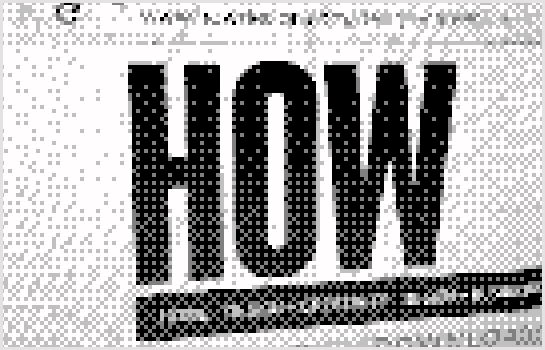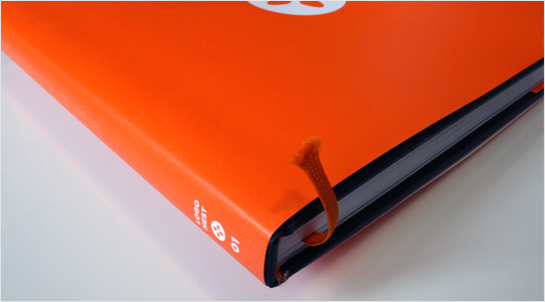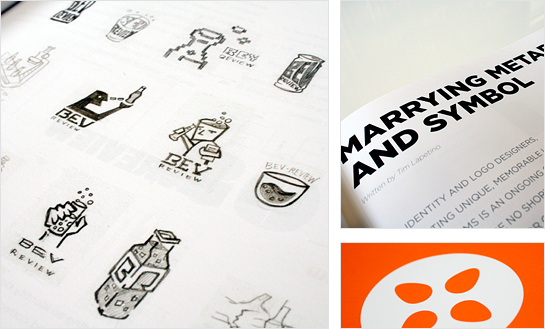
Some designers seem to conveniently disappear when writing and copy are discussed, and I think this relates to our overall visual natures. Many designers think, relate, and communicate in images — it’s one of the skills that leads to great design and better designers. But while a picture is supposedly worth a thousand words, text isn’t going away anytime soon. So, it’s up to us, as designers, to wrangle the written word and to make the work we do even greater by engaging with the copy.
That’s a snippet from an article I wrote for HOW Magazine, about the fear that many designers and creative types have when it comes to writing. We find it’s a common issue among peers and others we rub elbows with, and I believe I’ve got some helpful thoughts to consider. Check it out and comment either here, or at HOW directly.


